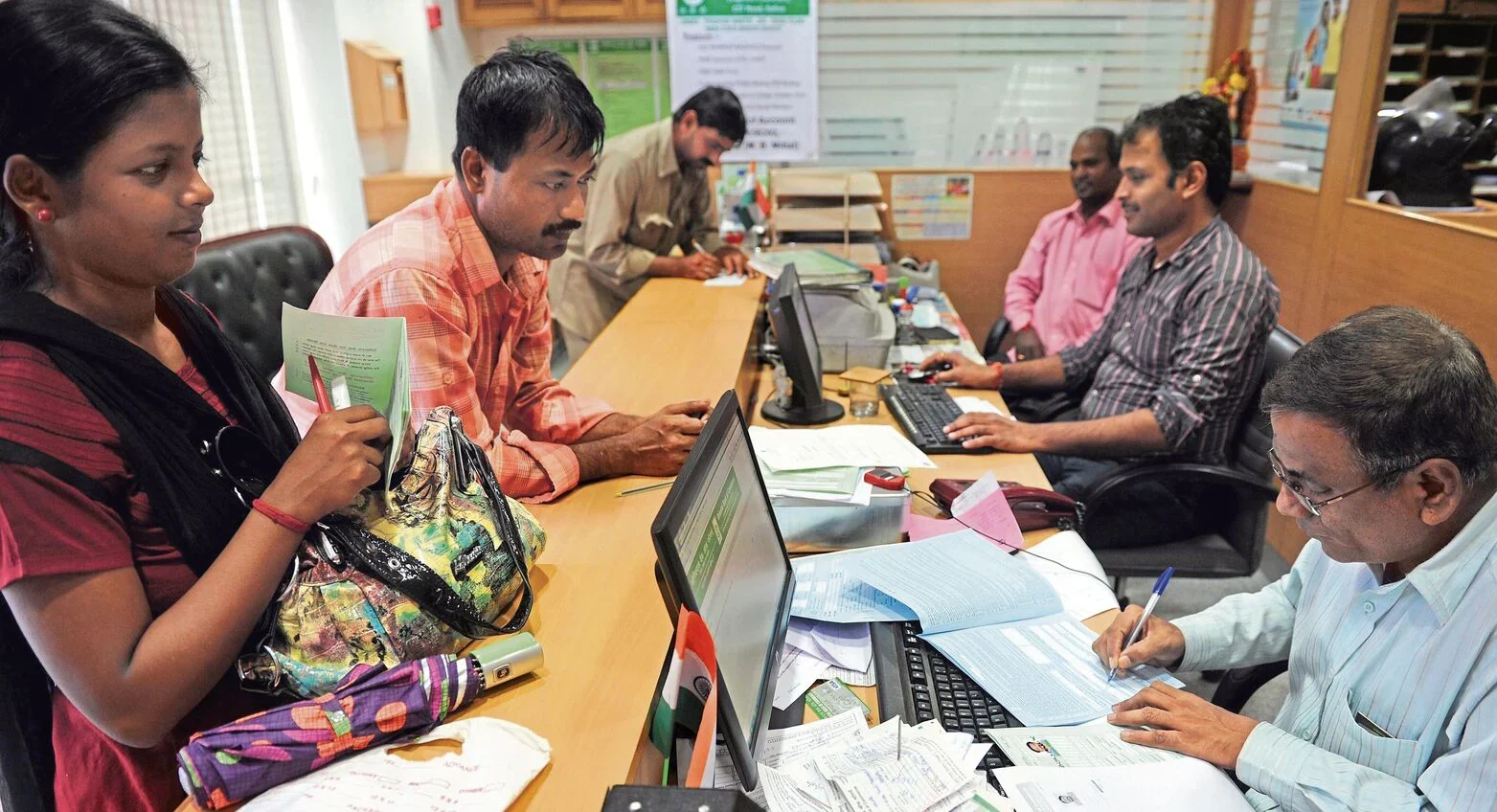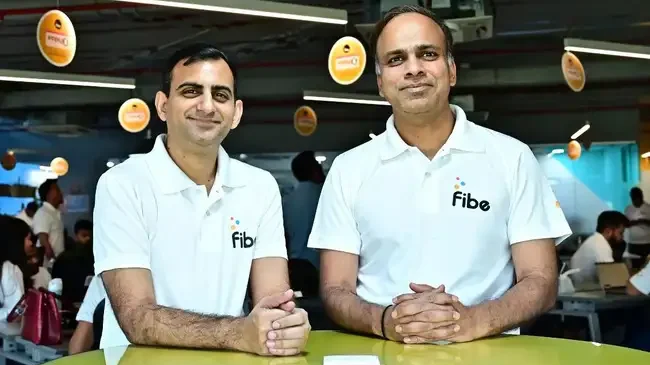India’s microfinance sector is drastically reducing small loans under ₹50,000. This change makes it harder for low-income borrowers, who often need help the most, to get essential credit.
Surge in Caution Over Defaults
A strategy shift towards larger, more dependable loans exceeding ₹1 lakh and focussing on customers with a strong repayment history is being driven by lenders, including banks and NBFCs, who are growing more concerned about failures in the small-ticket category.
Market Contraction Reflects Growing Caution
By June 2025, India’s microfinance market decreased to ₹3.59 lakh crore. This is a drop of 5.8% compared to the previous quarter and a 17% decline from a year earlier. This shows a bigger slowdown in lending activity.
Asset Stress Hits Key Players
Financial stress is evident across the sector. Bandhan Bank’s Q1 FY26 net profit plunged by 65%, largely due to heightened slippages and write-offs in its microfinance portfolio.
Similarly, many microfinance institutions are dealing with growing delinquencies. The gross non-performing asset (NPA) ratio, once manageable, is now estimated at 16% by end of FY25, up from 8.8% a year earlier. This surge pushed the gross loan portfolio to contract by nearly 7% to ₹3.81 lakh crore.
Root Causes: Delinquencies, Over-Indebtedness, Elevated Risks
High default rates in small-ticket lending stem from borrower overleveraging, weak group-lending models, insufficient underwriting, and tough rural repayment environments. RBI and self-regulators have responded by tightening norms, introducing lending caps, limiting lender count per borrower, and capping unsecured credit exposure.
For instance, Portfolio at Risk (PAR), loans overdue 31–180 days, doubled to over ₹28,000 crore by September 2024, with a PAR rate rising to nearly 6.8% of the microfinance portfolio.
What Lies Ahead for Microfinance
This change in strategy hurts microfinance’s main goal: to help underserved and first-time borrowers. When institutions reduce small loans, many local businesses and rural families may struggle to find affordable credit, making financial exclusion worse.
Regulators and institutions must find a way to manage risks while still including small borrowers. It is crucial to create plans that protect all parties involved.
Also Read: How Abhijeet Anand Built abCoffee into India’s Fastest-Growing Coffee Brand






















